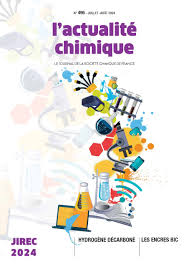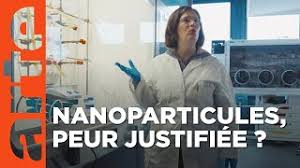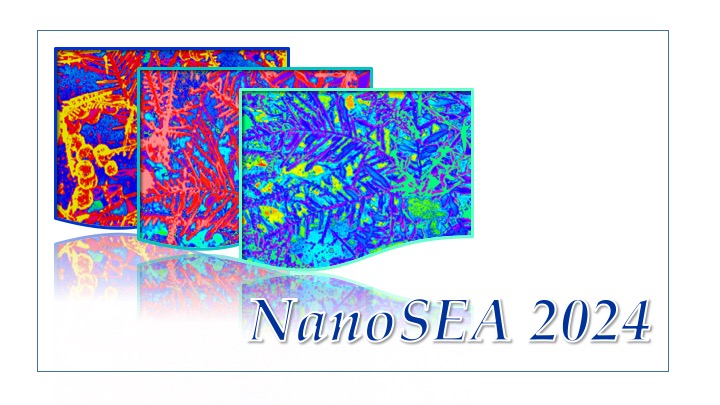(Nano)Chemistry, inside and out
My research is centered on the design, synthesis and applications of nanoparticles using the tools of molecular and materials chemistry.
News and highlights
Perspective Article about NanoFLPsPublished in the historical journal of the French Academy of Sciences, this article discusses the current standing of colloidal nanoparticles in the context of NanoFLPs. Catalysis by the colloidal suspension of nanoparticles has attracted considerable attention in recent years. In this context, we explored the formation of NanoFLPs for the hydrogenation of alkynes such as phenylacetylene. However, to this date, no direct proof for the occurrence of an FLP has been provided on the examples that we developed. We discuss possible interpretations of the experimental data and ways of clarifying the mechanism involved. Read the article. With: Sophie |
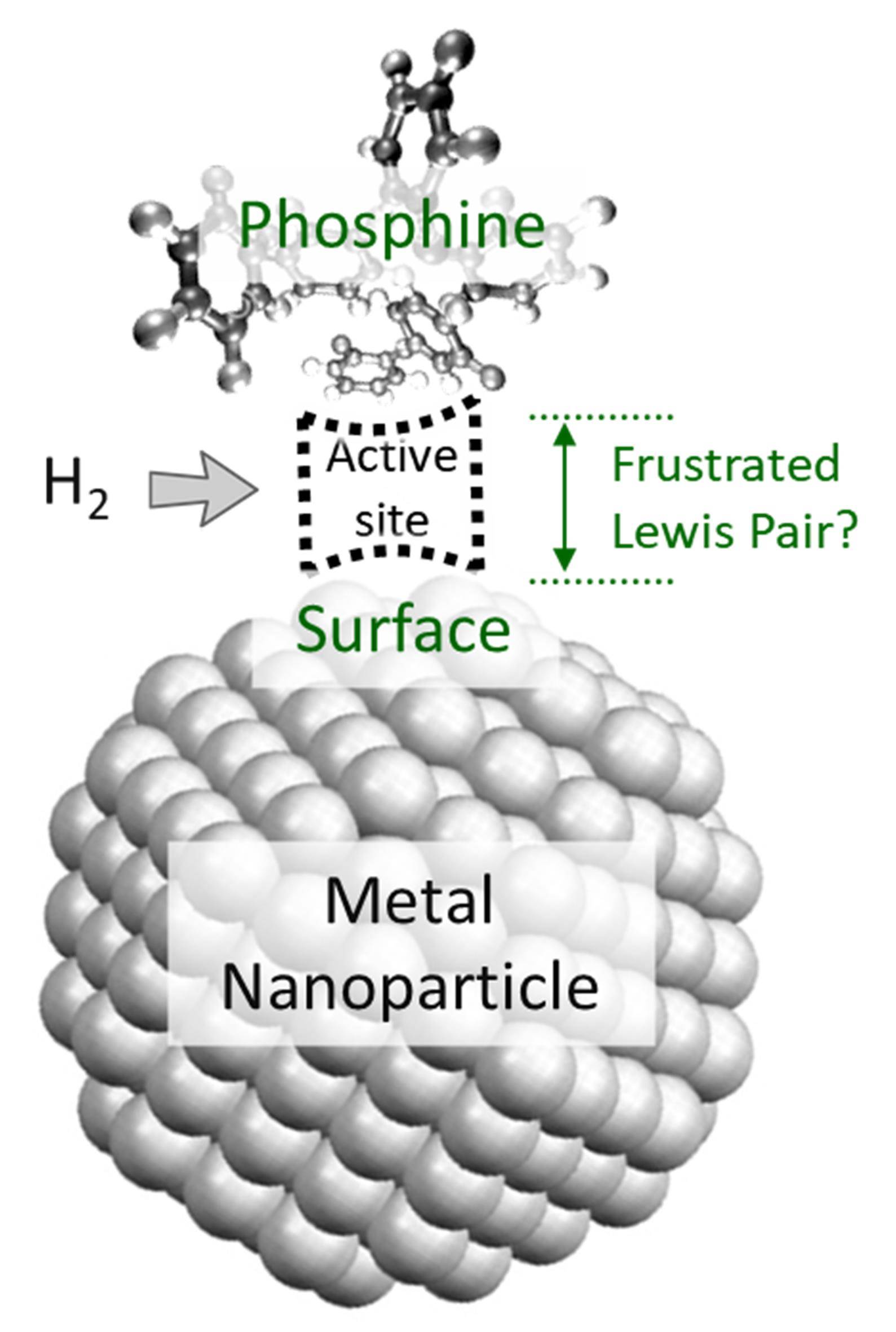 |
January 2, 2025: Moving to CINaMA new scientific adventure starts this year! I am joining CINaM, an interdisciplinary research center of CNRS that 100% dedicated to nanosciences. The Center is located in Marseille on the Luminy campus. More info to come in the next weeks! |
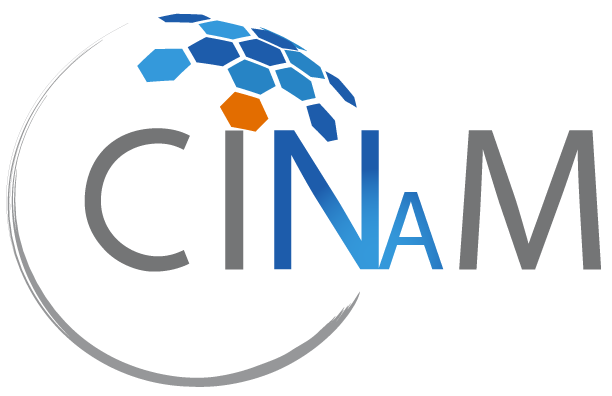 |
Article about Modelling Nickel Nanoparticles with PhosphinesHere is the first article published with our colleague David Loffreda from ENS Lyon. We used DFT to better understand the adsorption of trimethylphophine on models of nickel nanoparticles. We compared these results with adsorption on flat surfaces. Read the article. With: Sebastian, Sophie |
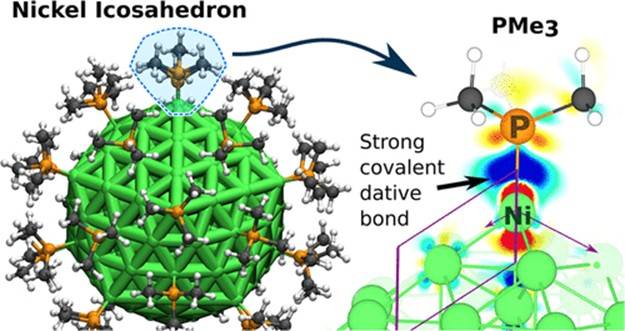 |
August 31, 2024: Article about Cobalt and Nickel Phosphides for CatalysisOur latest work from the ERC NanoFLP research program is out. Here we developped a large-scale robust synthesis of Co2P and Ni2P nanoparticles based on the commercial phosphine HETAP. We also showed that addition of a well-selected second phosphine was able to trigger a low-temperature catalytic hydrogenation of phenylacetylene. Read the article. With: Anthony, Sophie |
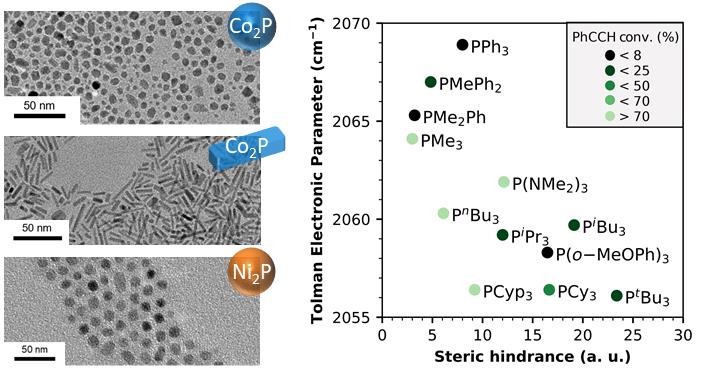 |
More News | Back to top |
Featured Results
Refining the NanoFLP ConceptStill fighting to unveil an authentic NanoFLP, we uncovered an interesting low-temperature behavior of Ni nanoparticles in the presence of well-selected phosphine. This could be interpreted as the formation of a surface frustrated Lewis pair for H-H cleavage... but also as a consequence of phenylacetylene activation. What do you make of this? |
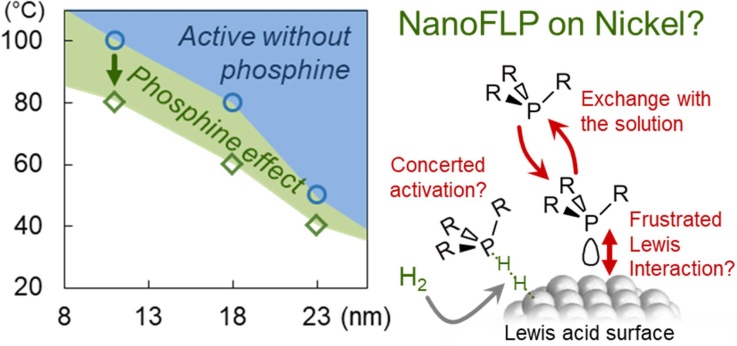 |
Carbon is our friend!Nickel fame for catalysis now extends to a new guy: nickel carbide. In this work, we show that this phase can be used as a catalyst for the hydrgenation of a number of moieties, coming along a greater robustness than the metallic counter-part. Check out our nickel carbide buddy. |
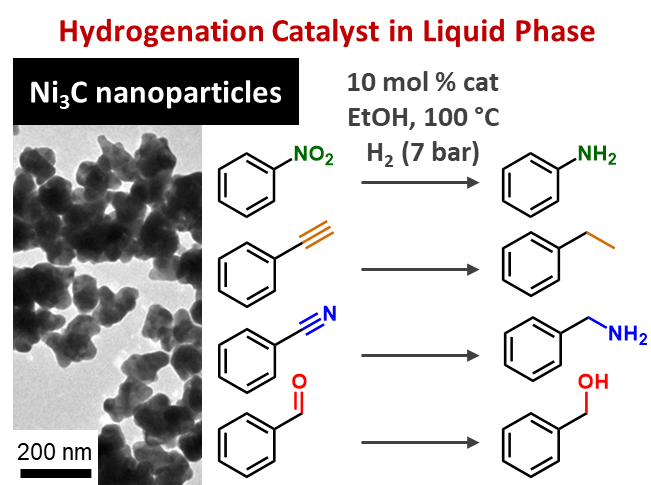 |
Make them saferIt's a small step for the world of nanoparticles, but a big step for our beloved oxysulfides nanoplates: in this work, we propose to evaluate, in a very preliminary approach, some of the interactions of the nanoparticles with macrophage cells. We turned on the lamp (visible light) and monitored the impact in the production of radicals. Read for yourself. |
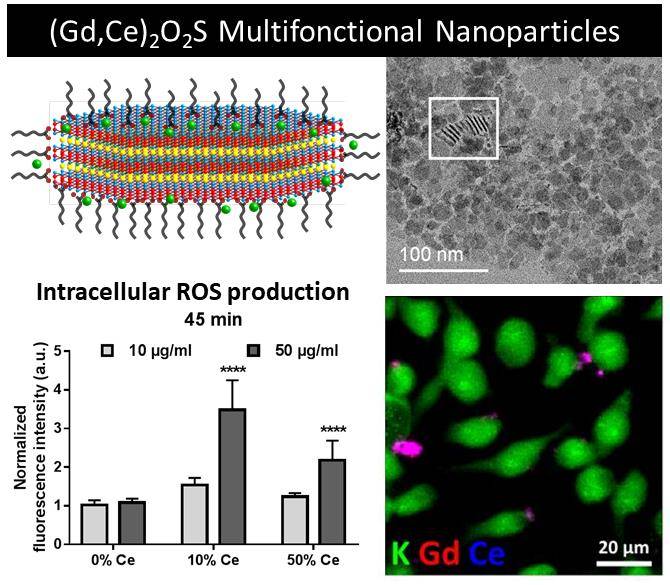 |
Did you say NanoFLP?We have been proposing for a while to use metal nanoparticles as partners in Frustrated Lewis Pairs. Now, we found that nickel-cobalt nanoparticles associated to well-chosen phosphines likely form such a pair, based on the correlation between Si-H bond activation and the Tolman cone angle of the phosphine: only a tiny range of steric hindrance is suitable, and it is related to the silane bulkiness. We believe we nailed it. Make your own opinion. |
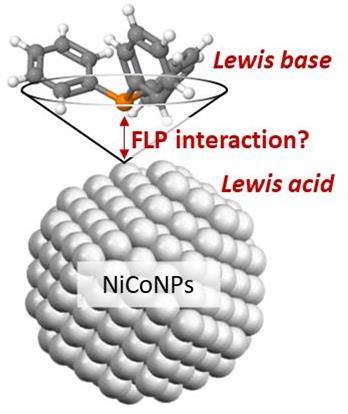 |
Molybdenum mapped outMolybdenum is a key element of the energy transition. X-ray absortion spectroscopy at the L-edge is an amazing way to analyze it in solids, liquids, composites, etc. Here, we wrote some simple guidelines to interpret the data and we provided a consistent series of spectra for well-known, and less-know, Mo compounds. Read our map. |
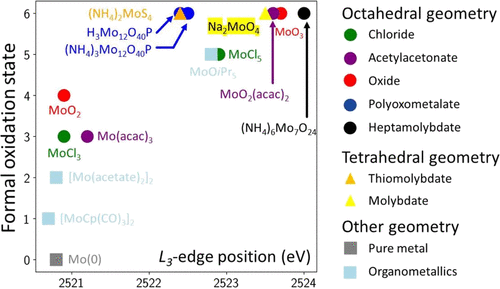 |
More Featured Results | Back to top |
